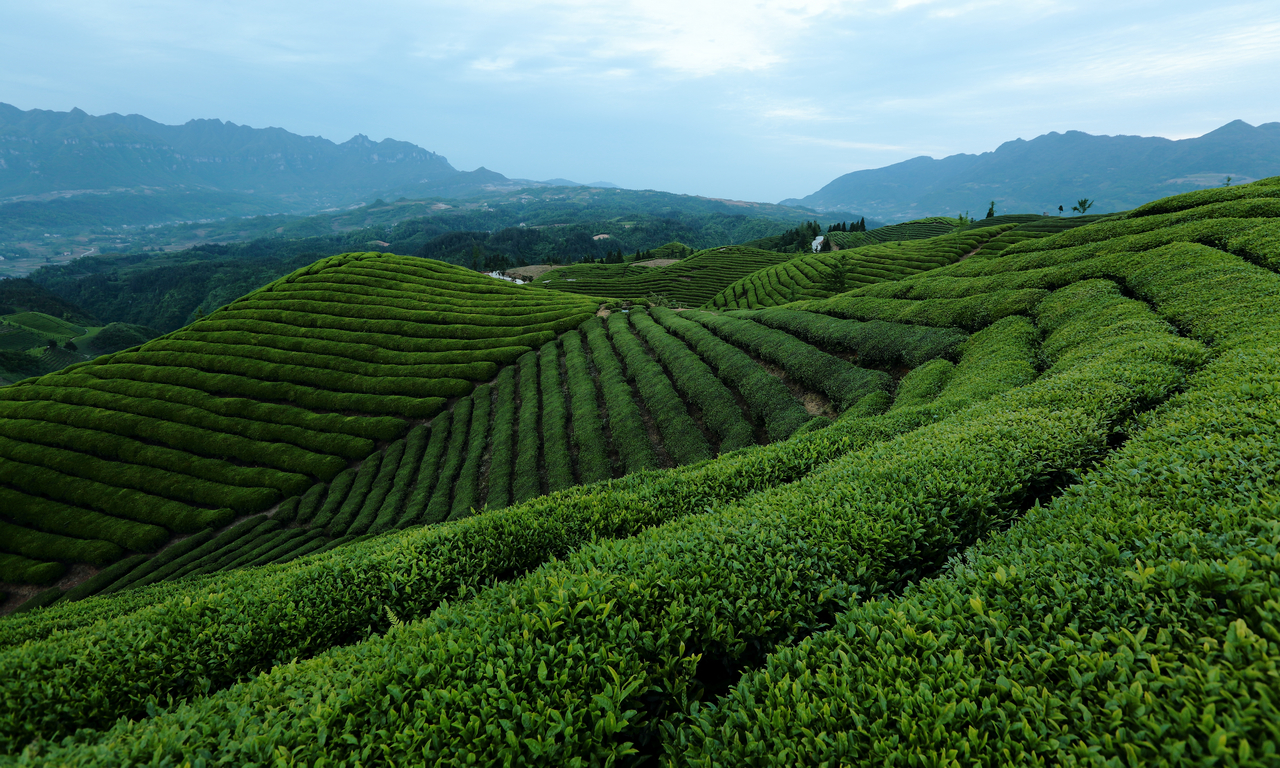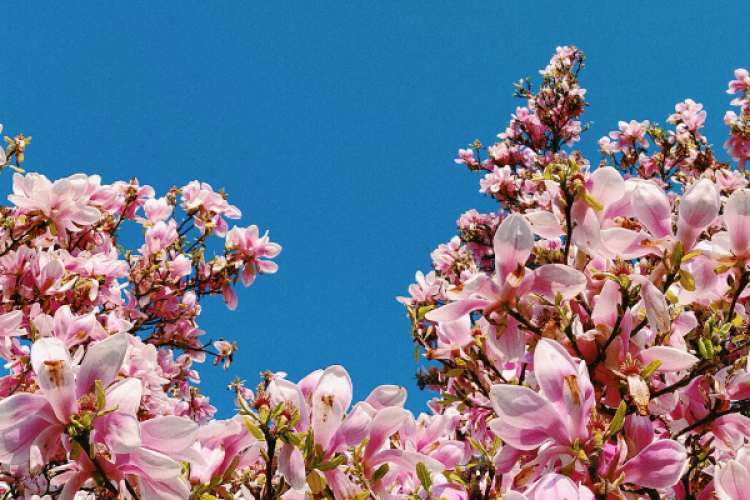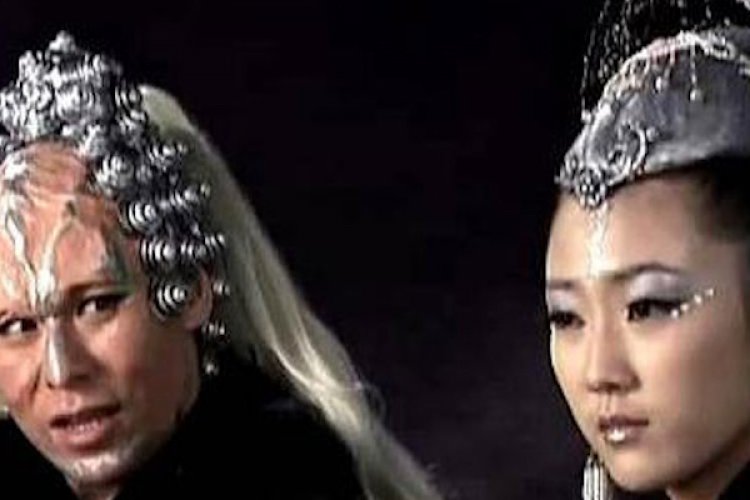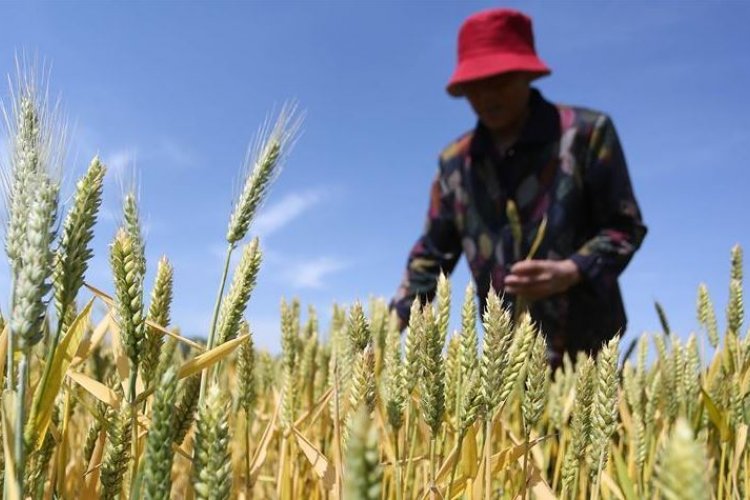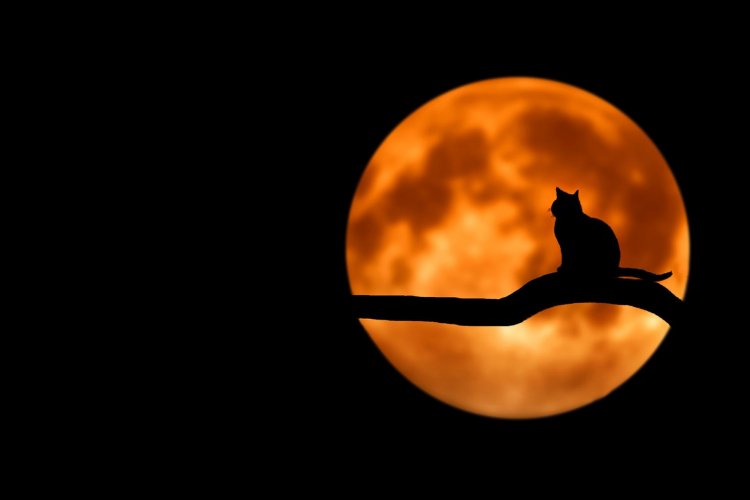Solar Terms 101: Guyu Means Rain for the Crops and the End of Spring
The traditional Chinese lunar calendar divides the year into 24 节气 jiéqì solar terms based on seasonal changes and natural phenomenon. They play an important role in guiding agricultural activities, even to this day. But even city-dwellers like us can enjoy them. Each solar term has its own associated customs, traditions, and even recipes. In Solar Terms 101, we delve into what makes each one special...
Name of the solar term: 谷雨 gǔyǔ lit. 'The rain for the crops.'
Gregorian date: Apr 20 +/- a day.
What is guyu all about?
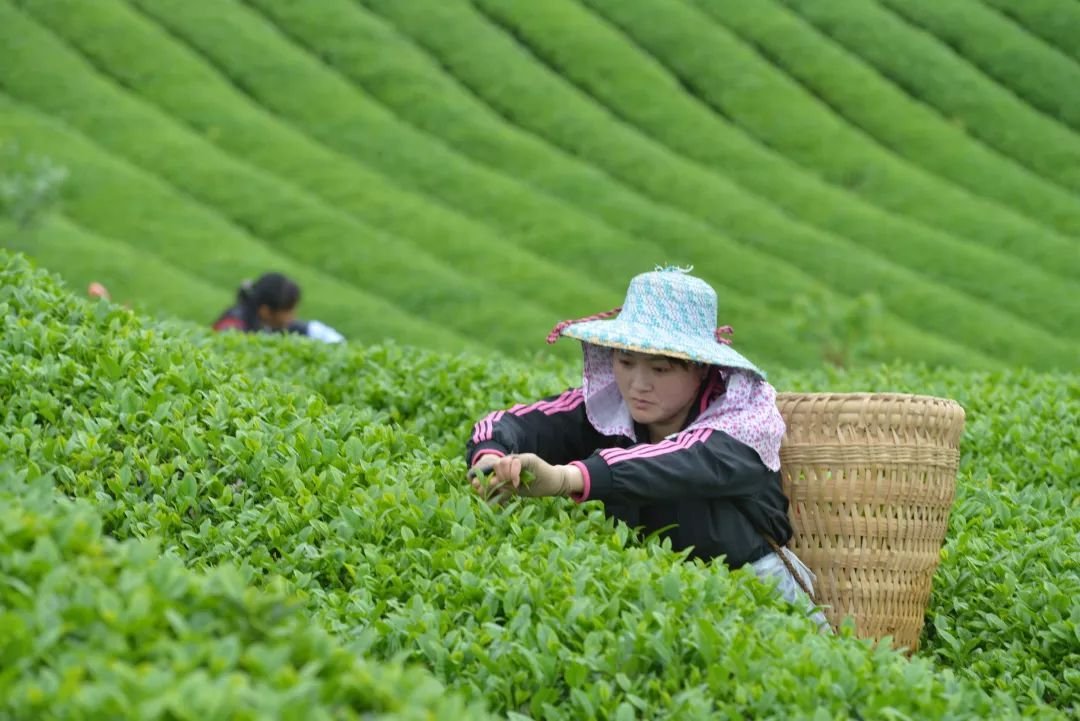
Guyu is the perfect example of how solar terms were originally designed to instruct the traditional Chinese agricultural system. Just as the name suggests, with the advent of guyu, the winter-hardened land should be soaked and softened by warmer temperatures and the spring rain that is as precious as oil (at least according to the saying 春雨贵如油 chūnyǔ guì rú yóu). This is therefore the prime time for the farmers to plow the field and sow the seeds. In northern China, guyu usually marks the end of the disturbing cold snaps of spring, while southern China will enter the rainy season. The weather during these next 15 days is crucial to the whole year’s harvest.
The sprouting duckweed, the chirping cuckoo, and the hoopoes in the mulberry trees
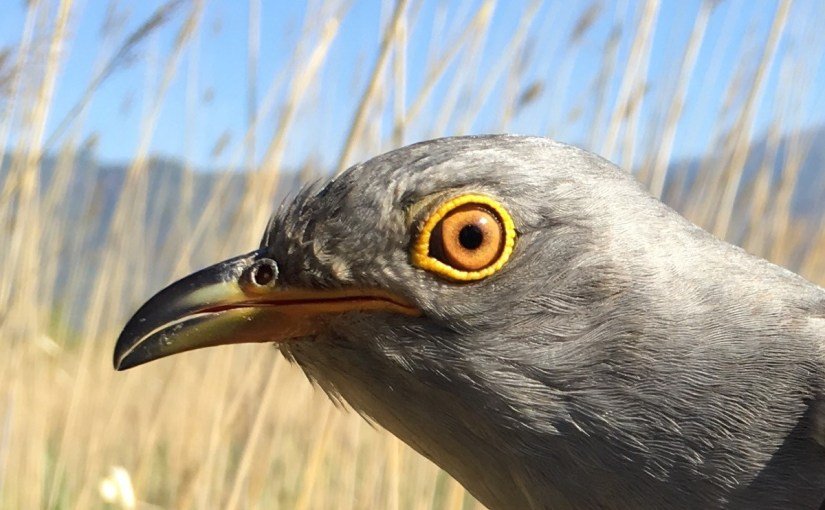
The ancient Chinese surely were detail-oriented, and they even divided this 15-day solar term into three micro seasons to accommodate all the various transitions that nature is undergoing. In the first micro season of guyu, the duckweed and lotus are stretching their stalks to the surface of the water and spreading across the lakes.
Then, the chirps of cuckoos can be heard from the poplar trees after the blossoms have fallen to the ground, just like the poem says: 杨花落尽子规啼 yáng huā luò jǐn zǐguī tí. Interestingly, in Chinese, the cuckoo is also called 布谷鸟 bùgǔ niǎo which literally means 'the bird that tells you to sow the seeds.' Lastly, colorful hoopoes begin showing up in mulberry trees, which are cultivated to fuel the ancient silk textile industry.
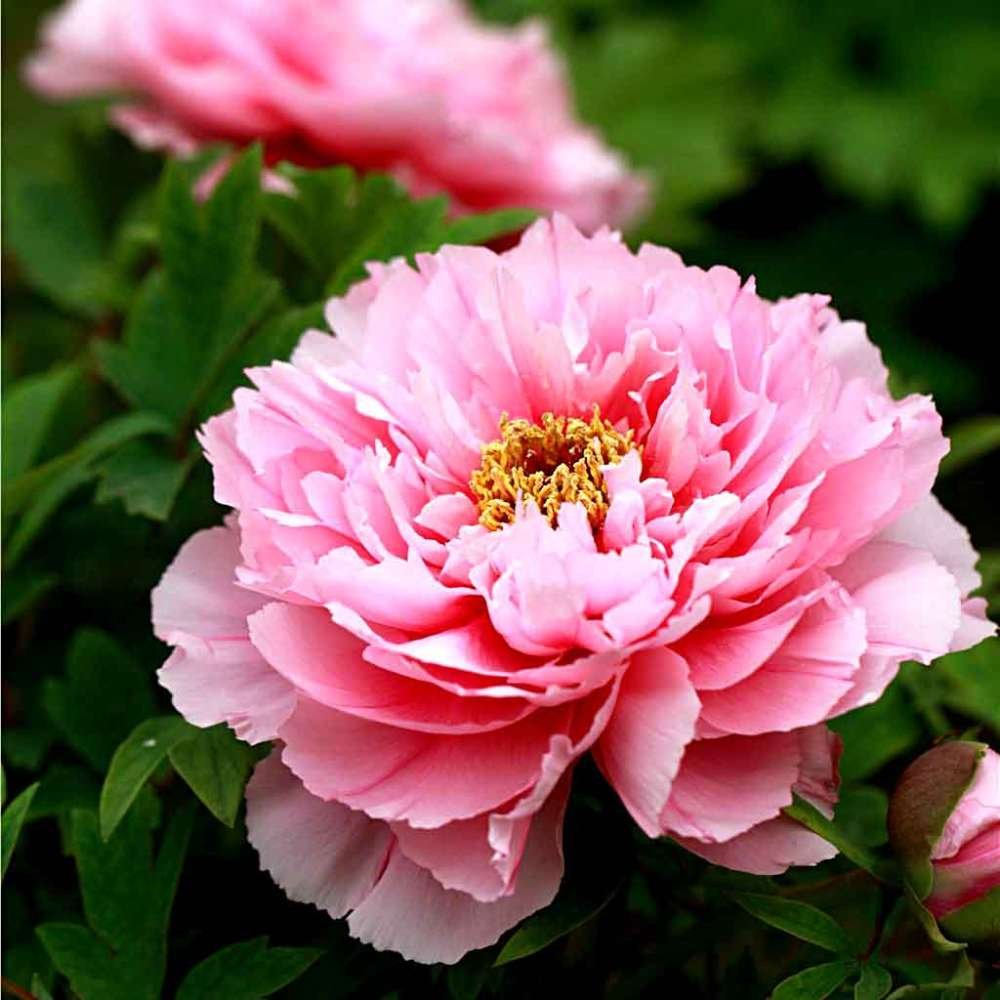
For people like us, who barely touch the soil with our fingers, most of the customs of guyu feel a bit distant, but you can still enjoy this spring swansong without driving far into the countryside. Although the peach and cherry blossoms are about to bid their farewell this year, the true diva of all spring flowers – the peony (牡丹 mǔdān) – is about to come on the stage and steal the applause. A unique species, peonies have long been regarded as the symbol of the royal power and wealth in Chinese history for more than a thousand years and in some circles is considered China's national flower.
Guyu is also a good time to restock your mosquito repellent since you are not the only one who awakened from the long, tedious winter. Traditionally, people will put up talismans to expel the poisonous and harmful insects but practically speaking, some repellent incense should suffice.
What to eat on guyu
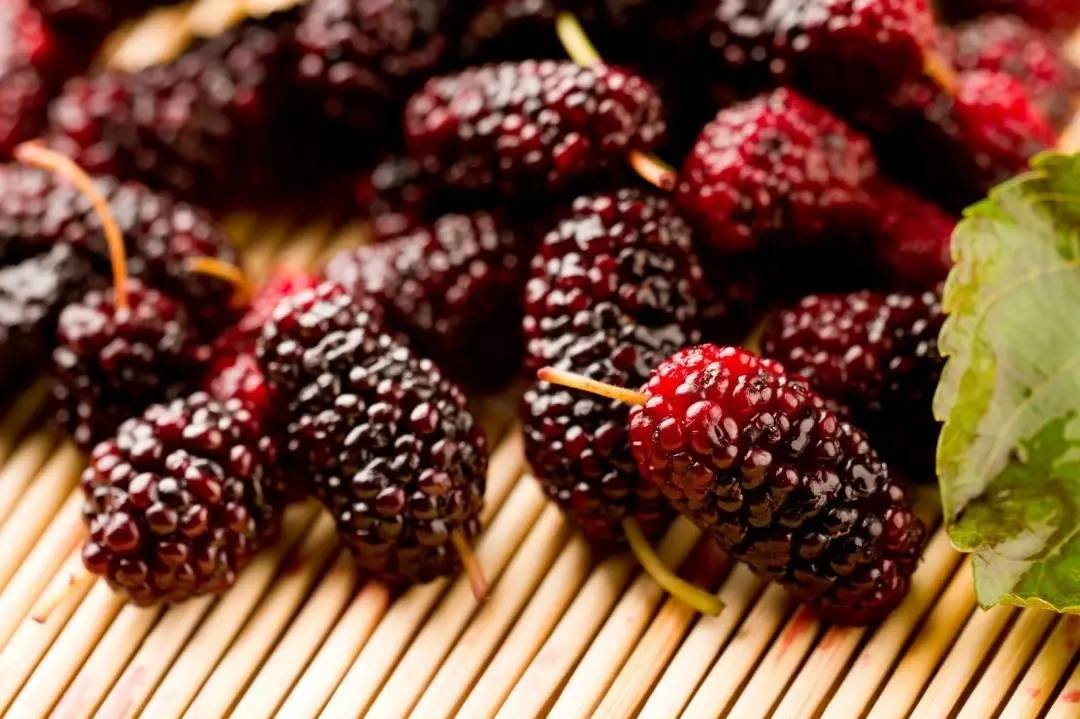
Sadly, there is no particular dish that supposed to be eaten for guyu. But that doesn’t mean you can’t enjoy two seasonal delicacies nature has to offer: plump purple mulberries and nutritious tea.
The latter is considered especially good when harvested during this solar term, with the leaves being packed with health-boosting antioxidants as well as a flavorful balance between sweet and bitter. According to TCM traditions, drinking it will help reduce the 'fire' element in your body and protect your sight.
READ: 8 Good-Looking Birds to Spot in Beijing This Spring
Image: Sina, Sohu, Huaihuibk, Mangguocyw, Birding Beijing

